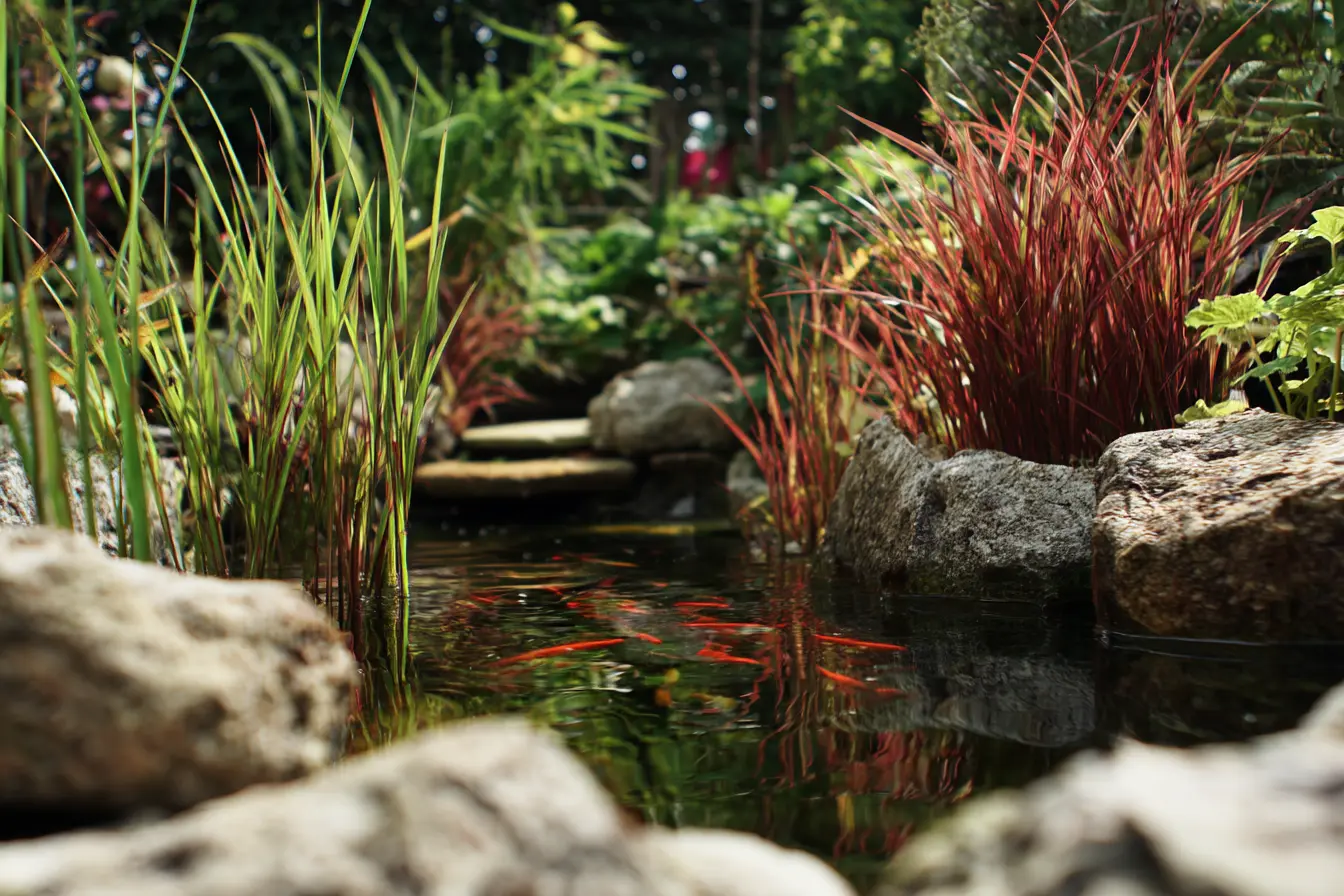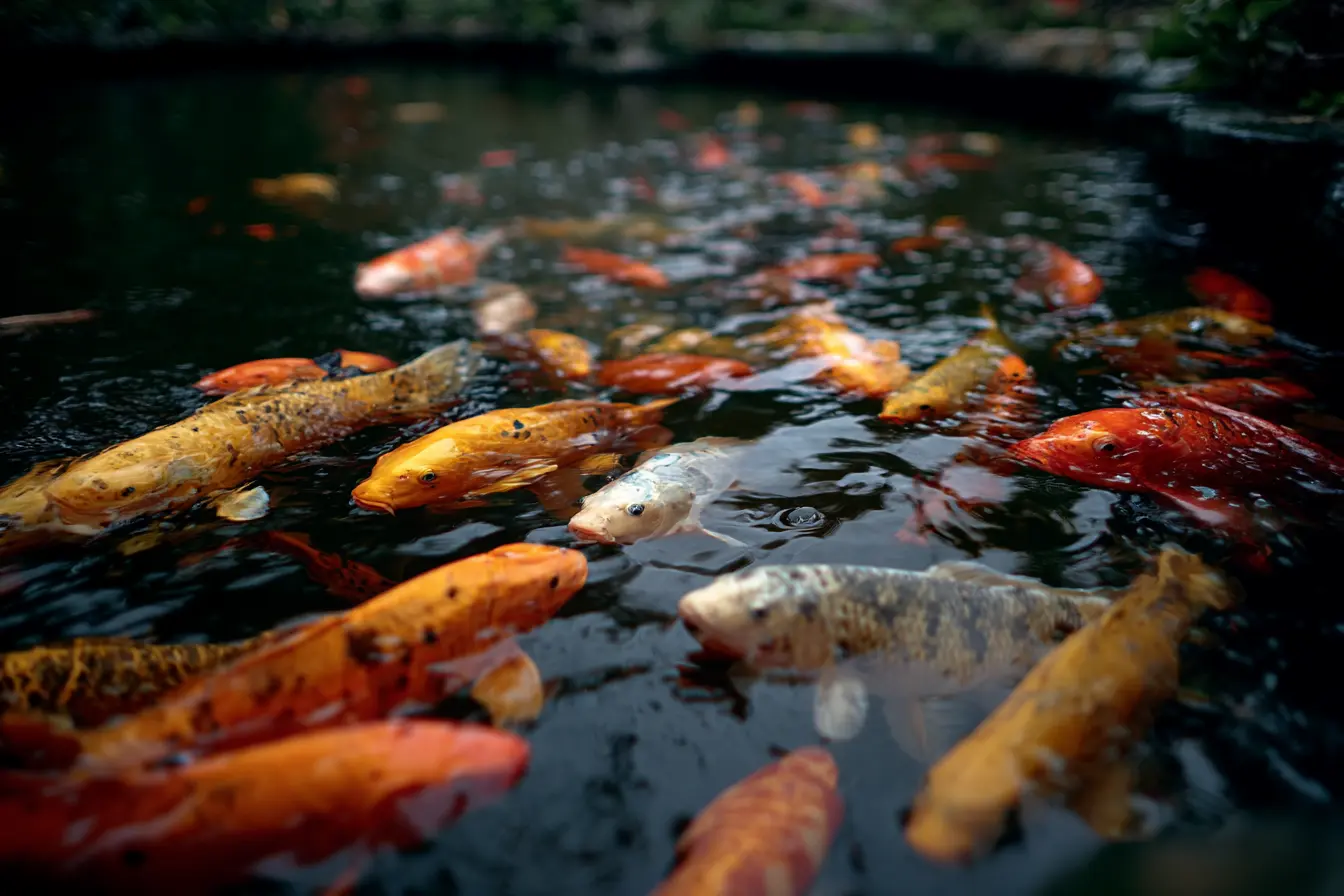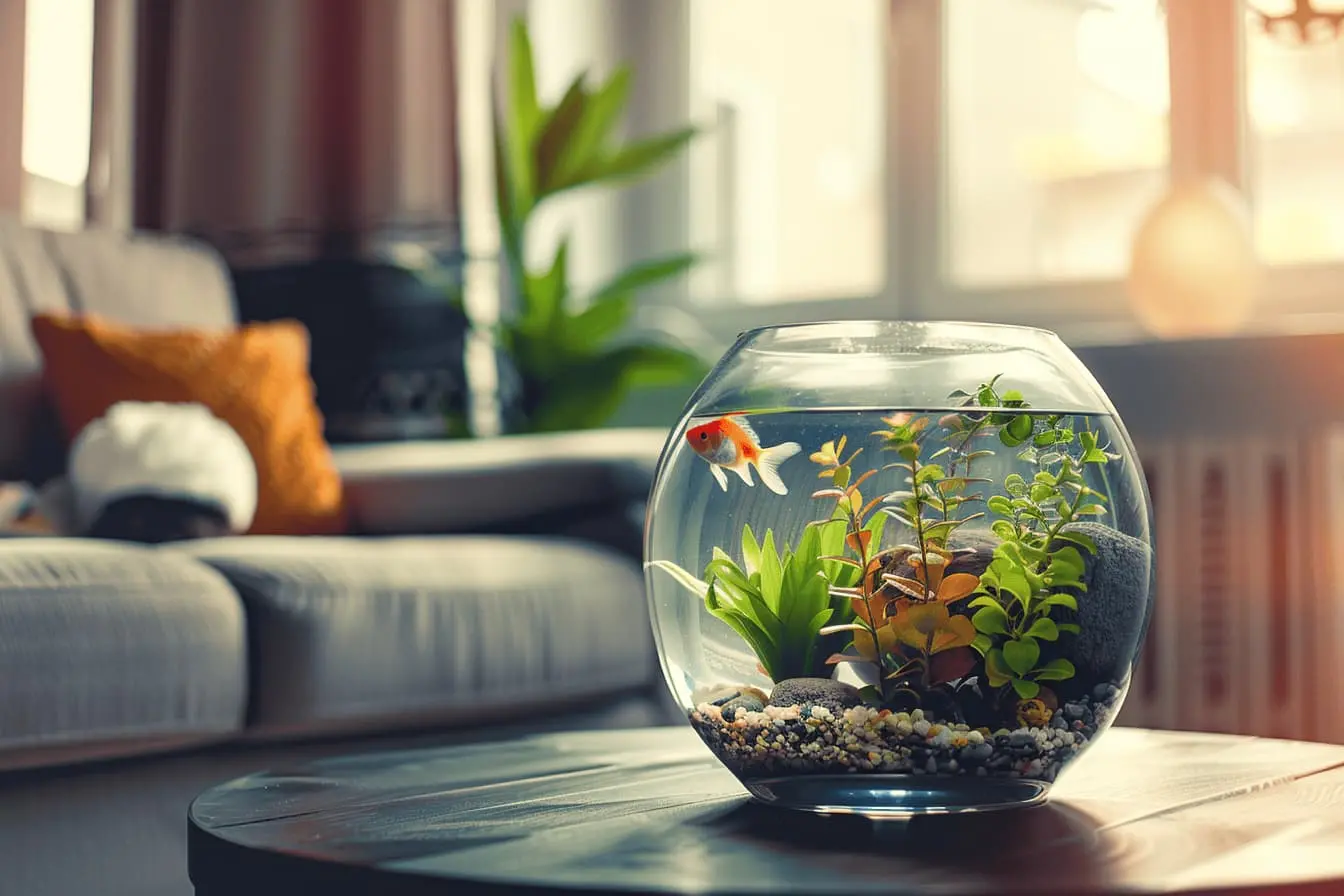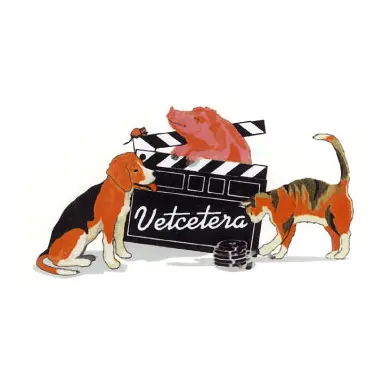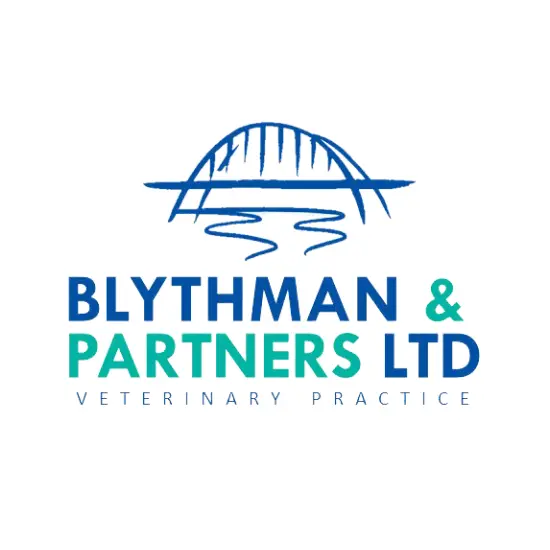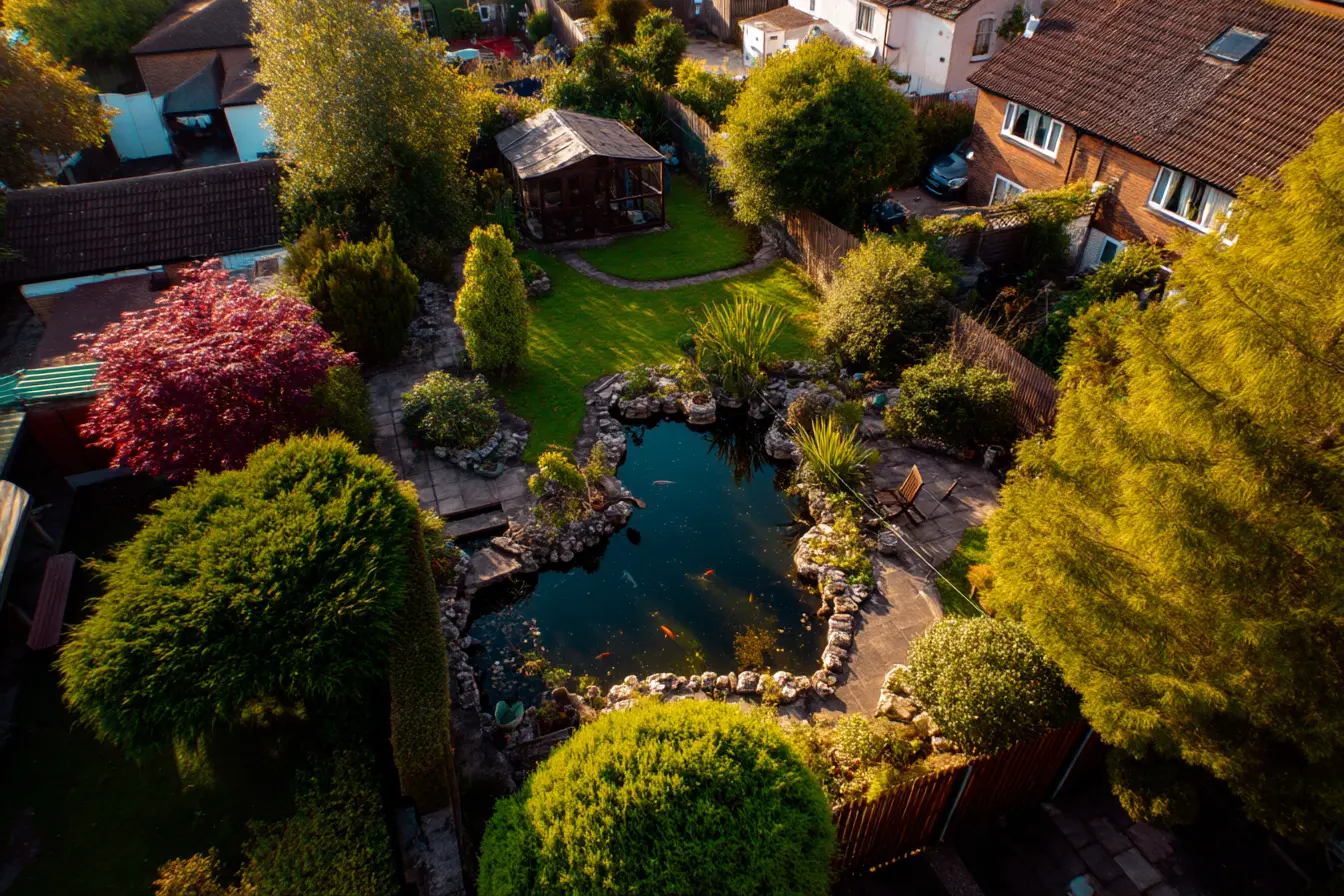
How to Set Up a Decorative Fish Pond in Your Back Garden: A Complete Guide
A decorative fish pond adds beauty, movement, and life to any garden. Whether you're dreaming of colourful koi gliding through clear water, or a tranquil retreat with lilies and gentle bubbling sounds, setting up a fish pond is a deeply rewarding project. It requires careful planning and the right equipment to keep the water clear and your fish healthy.
This guide covers everything you need to know to create a successful and stunning fish pond in your back garden.
What Is a Decorative Fish Pond?
A decorative fish pond is designed to showcase aquatic life and water features. Unlike natural or wildlife ponds, these often have a more formal or ornamental design, with clearer water, structured edges, and a focus on aesthetics. Fish such as koi, goldfish, or orfe are usually the stars of the show.
Planning Your Pond
Choosing the Right Location
- Sunlight: Aim for 4–6 hours of sunlight per day. Too much sun can cause algae blooms, but some light is needed for aquatic plants.
- Shelter: Choose a spot protected from strong winds.
- Avoid trees: Falling leaves can clog filters and add excess nutrients to the water.
- Accessibility: Make sure you can easily access the pond for maintenance.
Deciding on the Size and Depth
- Depth: For goldfish, a minimum depth of 60 cm is sufficient. For koi, aim for at least 1–1.2 metres to accommodate their size and reduce the risk of freezing in winter.
- Size: Larger ponds are easier to maintain as they are more stable ecosystems. A good starting size is at least 2 metres long and 1.5 metres wide.
Style and Shape
Decorative ponds can be:
- Formal: Geometric shapes with paving or stone edging
- Informal: Natural curves and soft planting
- Raised or sunken: Depending on your garden design and safety needs
Equipment and Materials You’ll Need
- Pond liner or preformed pond shell
- Underlay to protect the liner
- Submersible pond pump
- Filtration system (mechanical and biological)
- UV clarifier (helps control green water)
- Air pump or water feature for oxygenation
- Pond plants (oxygenators, marginals, floaters)
- Fish food and water treatments
- Pond testing kit (for pH, ammonia, nitrite, nitrate)
- Decorative edging materials (stones, bricks, paving)
Optional extras include:
- Lighting for evening enjoyment
- Waterfalls or fountains
- Netting to protect fish from predators
Building the Pond
Marking and Excavation
- Use rope or a hose to outline your pond shape.
- Dig to your chosen depth, including ledges for planting.
- Remove stones and roots from the soil.
- Create planting shelves around 20–30 cm below the waterline.
Installing the Liner
- Lay underlay to protect the liner from sharp objects.
- Position the liner, pressing it into contours with as few folds as possible.
- Slowly fill the pond with water, adjusting the liner as it settles.
- Leave a generous overlap at the edges and secure with edging stones or turf.
Adding Equipment
- Position the pump at the deepest point.
- Connect to the filter and UV clarifier outside the pond.
- Add an air pump or water feature for oxygenation.
- Conceal cables and equipment with rocks or planting.
Filling and Conditioning the Pond
- Fill the pond using tap water or rainwater.
- If using tap water, add a dechlorinator to make it safe for fish.
- Allow the system to run for at least a week before adding fish.
- Test water parameters to ensure it is cycled and safe.
Choosing and Introducing Fish
Popular Pond Fish
- Goldfish: Hardy and easy to care for.
- Koi carp: Require more space and better filtration but are highly decorative.
- Shubunkins, comets, orfe: Add variety and colour.
Introducing Fish Safely
- Float the fish bag in the pond for 15–30 minutes to equalise temperature.
- Gradually add small amounts of pond water to the bag over another 30 minutes.
- Gently release the fish into the pond.
Avoid overstocking – a general guide is 50 cm of fish length per 1,000 litres of water, depending on your filtration.
Adding Plants
Aquatic plants help oxygenate the water, compete with algae, and provide shade and shelter.
Plant Types
- Oxygenators: Hornwort, water crowfoot
- Floating plants: Water lilies, frogbit
- Marginals: Marsh marigold, water iris, pickerelweed
Use aquatic baskets with gravel to anchor plants. Don’t use fertilised compost, as it can leach nutrients and cause algae problems.
Pond Maintenance
Weekly Tasks
- Check water levels and top up with dechlorinated water as needed
- Remove debris such as leaves and uneaten food
- Observe fish for signs of illness or stress
Monthly Tasks
- Clean filter media gently in pond water (not tap water)
- Test water for ammonia, nitrites, nitrates, and pH
- Trim and thin out plants if they become overgrown
Seasonal Tasks
- Spring: Clean equipment, divide plants, restock fish if needed
- Summer: Monitor oxygen levels, especially in hot weather
- Autumn: Net pond to catch falling leaves, reduce feeding
- Winter: Keep a hole in the ice using a pond heater or floating ball – do not break the ice with force
Common Problems and Solutions
- Green water: Use a UV clarifier and add more oxygenating plants
- Algae growth: Remove manually and reduce feeding; avoid fertilisers
- Cloudy water: Check filter function and avoid disturbing sediment
- Fish gasping: Indicates low oxygen – increase aeration and check water quality
Safety Considerations
- Install a safety grille or fencing if children or pets use the garden
- Use non-slip materials around the pond edge
- Ensure electrical equipment is properly installed and protected
Enhancing Your Pond
- Add lighting for evening ambiance
- Install a waterfall or stream feature
- Surround the pond with rockwork, gravel paths, or flower borders
- Create a seating area for relaxation
Final Thoughts
A decorative fish pond is a beautiful and lively feature that transforms your garden into a peaceful retreat. With the right setup, your pond will provide enjoyment for years to come — from watching fish glide beneath water lilies to listening to the gentle sound of a waterfall.
Take your time to plan, choose quality equipment, and let the pond mature into a balanced and vibrant ecosystem.
Happy pond building!
Contents
Tags
Related Vets
Vets near you
Speciality vets
- Aquatics vet specialists
- Birds vet specialists
- Camelids vet specialists
- Cats vet specialists
- Cattle vet specialists
- Deer vet specialists
- Dogs vet specialists
- Equines vet specialists
- Exotic vet specialists
- Goats vet specialists
- Pigs vet specialists
- Poultry vet specialists
- Sheep vet specialists
- Small Mammals vet specialists
- Wild vet specialists
